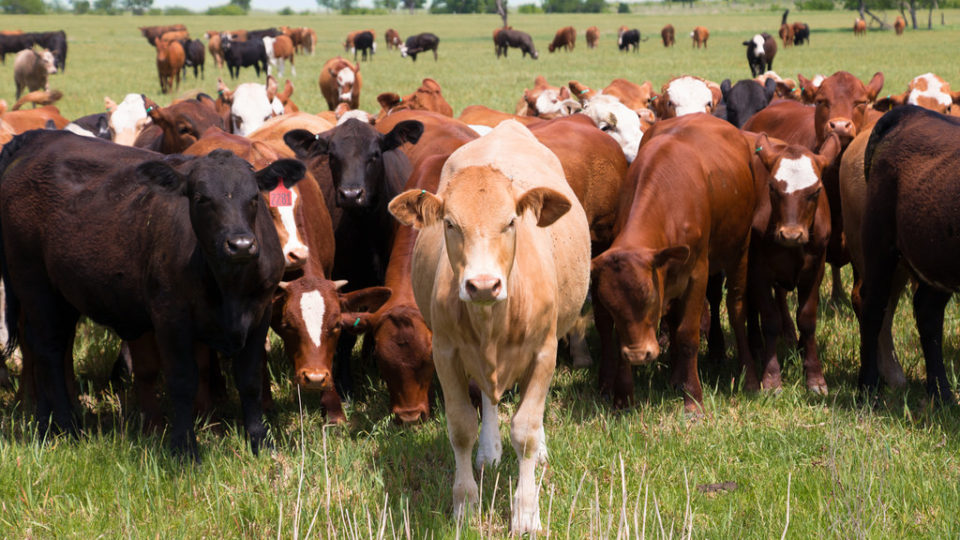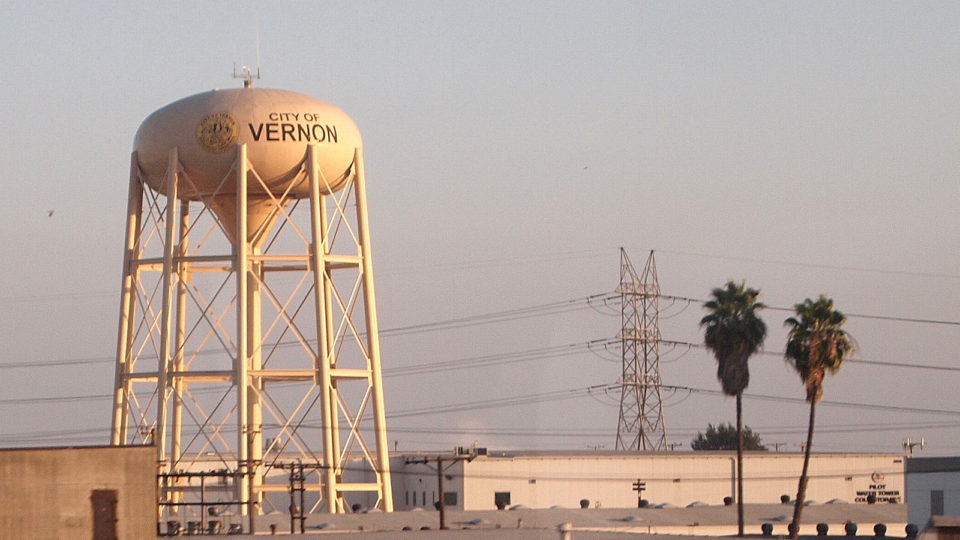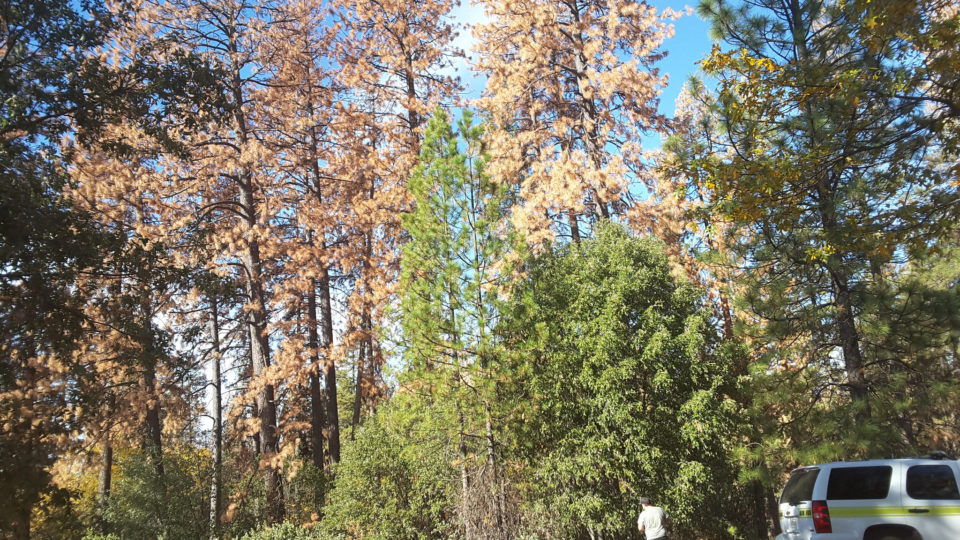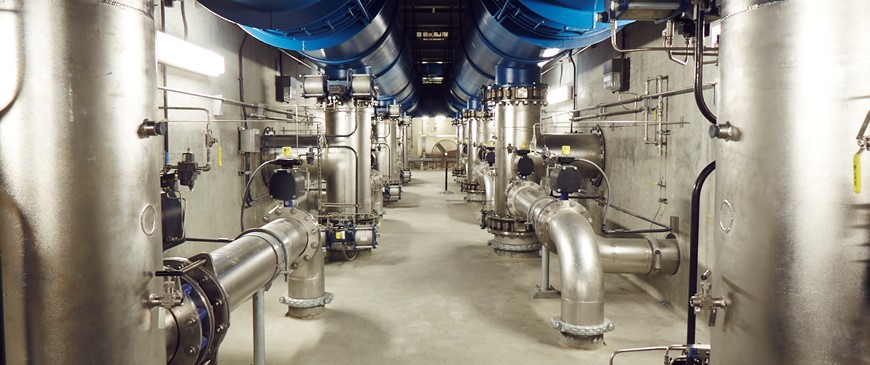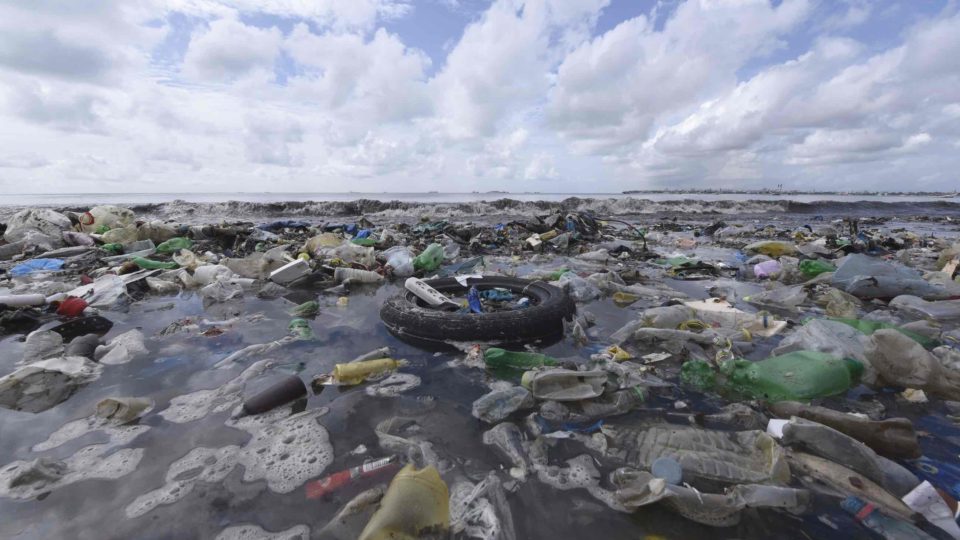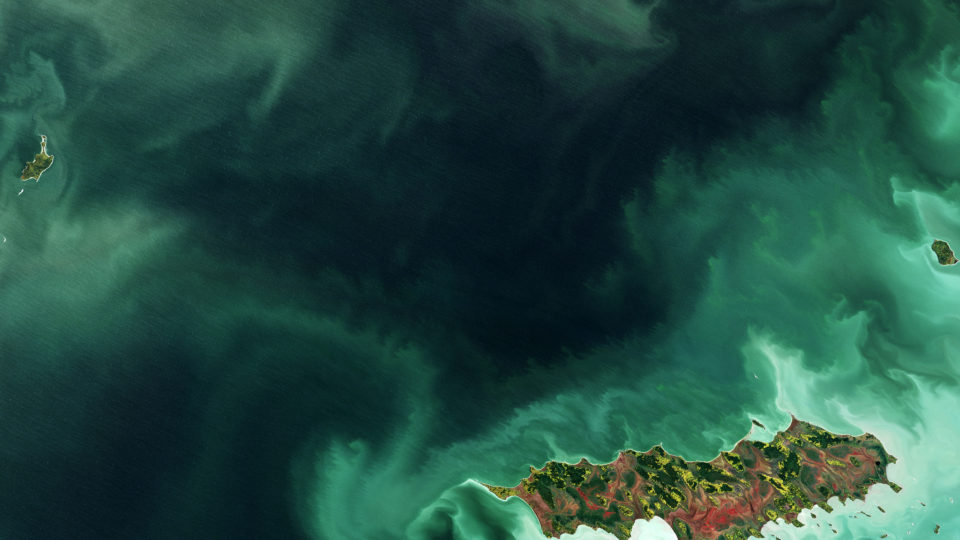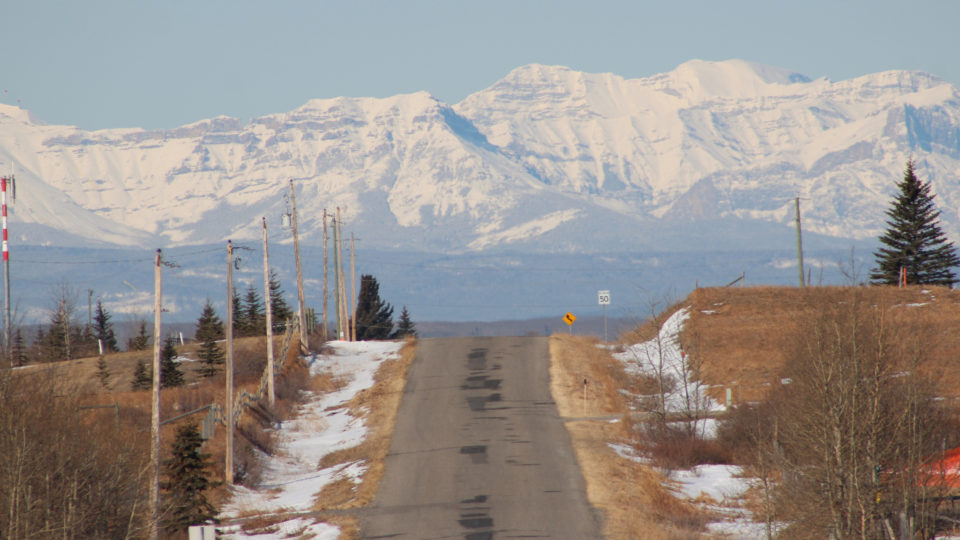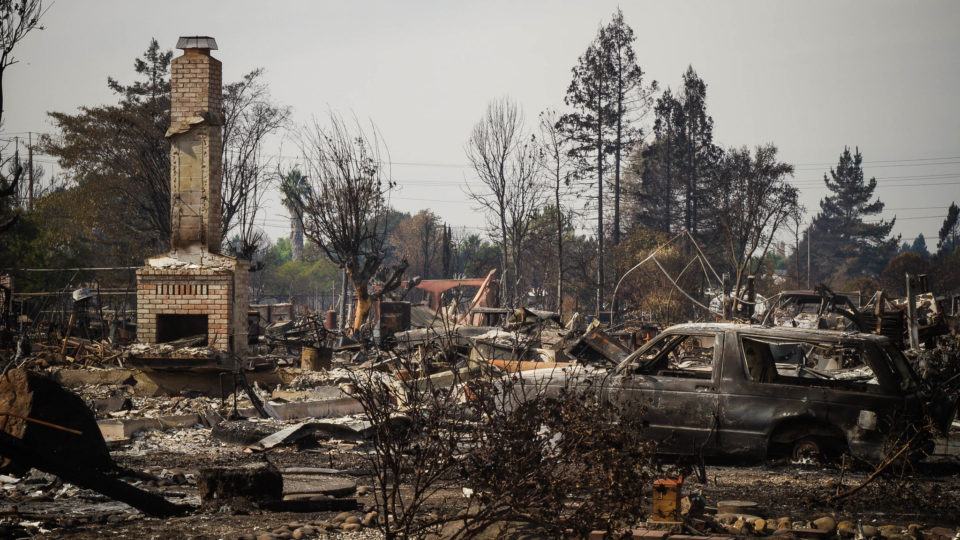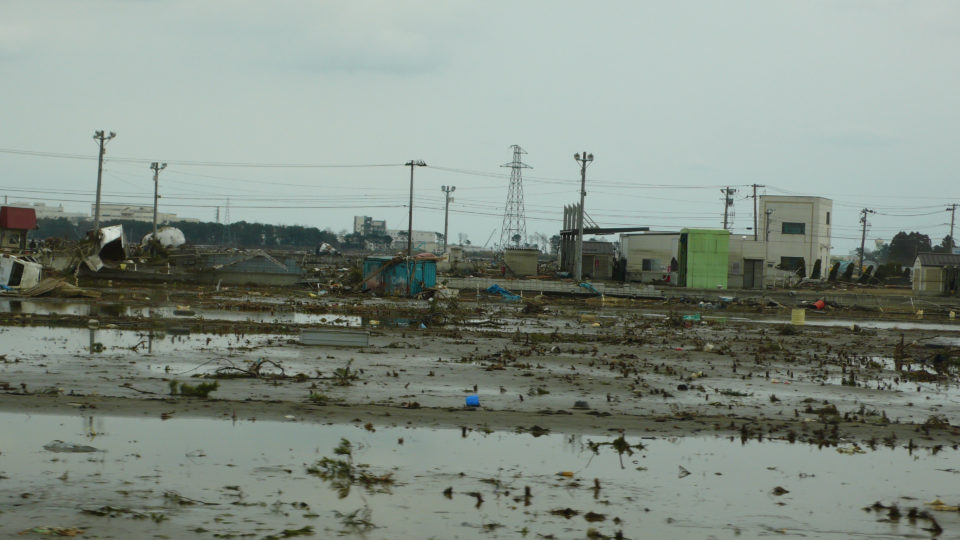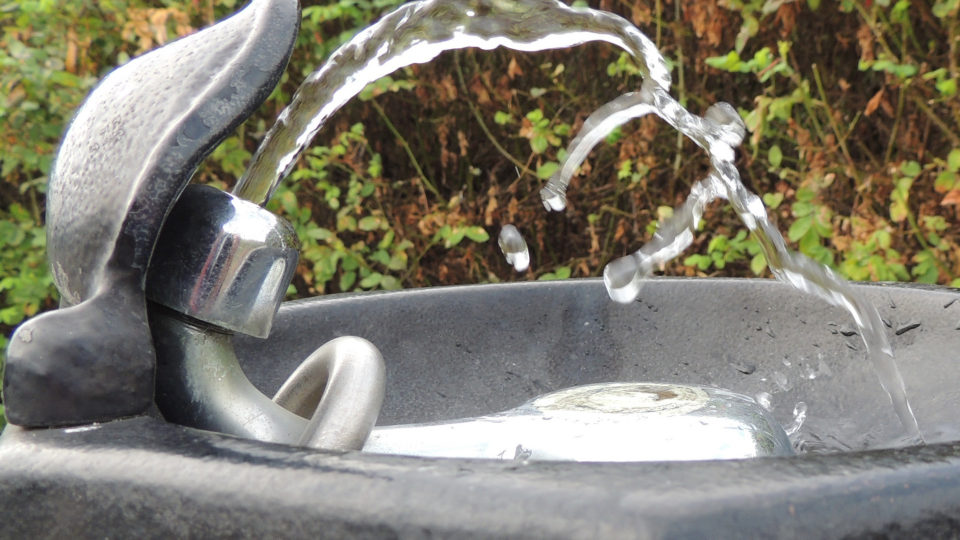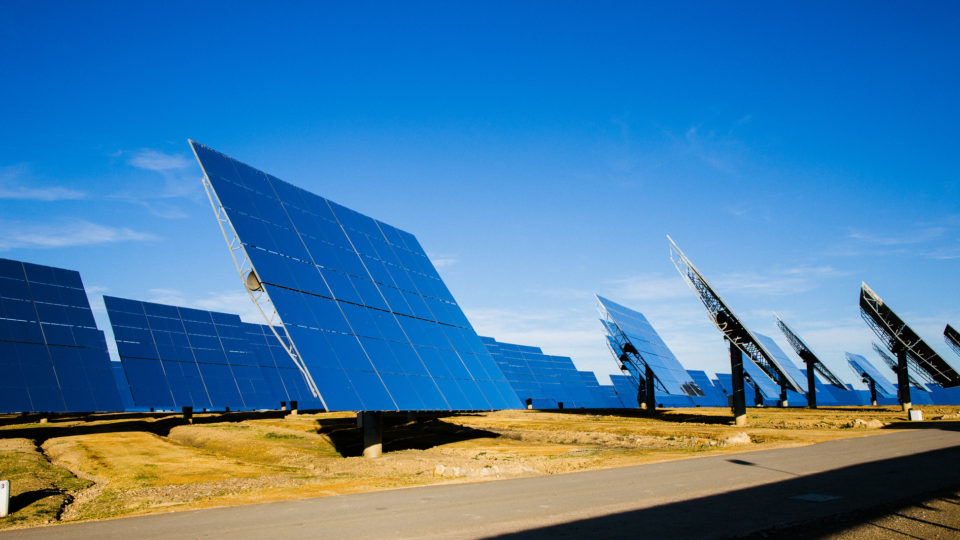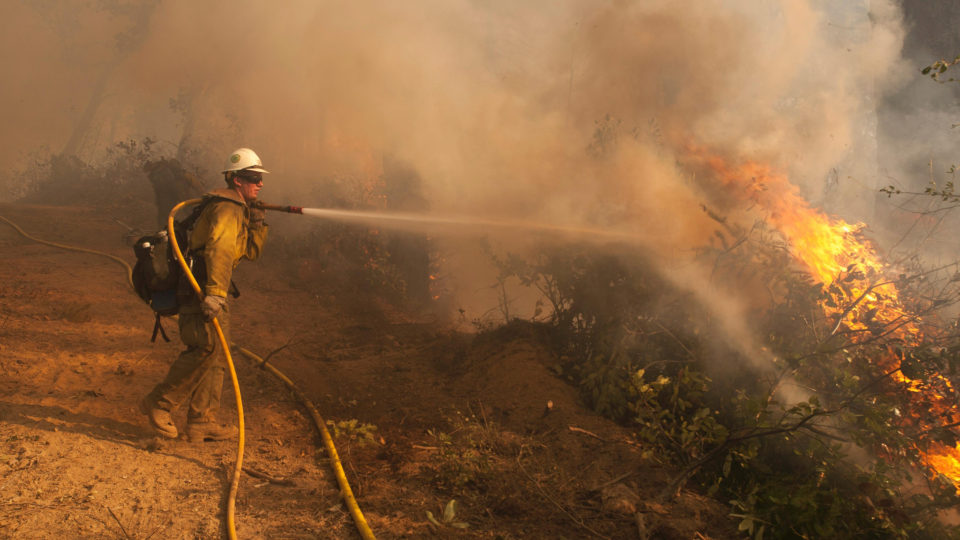california
Using Less Water
In recent times, there has been a downward trend in water use in the United States. It has been driven by increasingly efficient use of critical water resources in the face of persistent droughts in various parts of the country and awareness of the importance of conserving this resource.
Losing Forests Is Felt Far Away
Large areas of forests in our country are vulnerable to drought, fires and disease. When forests are heavily damaged, there are well-known local impacts: drier soils, stronger winds, increased erosion, loss of shade and loss of habitat.
Wastewater Instead Of Dams
The era of dam building is coming to an end in much of the developed world. Dams are very expensive, environmentally harmful, and as the climate warms and droughts become more common, are not that reliable.
The Fight For Greener Cars
U.S. automakers have always been reluctant partners in the nation’s efforts to reduce air pollution and improve fuel efficiency. There have been struggles for decades between the carmakers and the government in setting Corporate Average Fuel Economy (or CAFÉ) standards. During the Obama administration, some of the most demanding fuel economy and emissions standards were mandated.
Mandatory Solar In California
In May, California became the first state in the U.S. to require solar panels on almost all new homes. Under new standards adopted by the California Energy Commission, most new homes, condos and apartment buildings built after January 1, 2020 will be required to include solar systems.
The Great Pacific Garbage Patch
The Great Pacific Garbage Patch is the world’s largest collection of floating trash. It lies between California and Hawaii and is popularly described as being larger than Texas. It was discovered in 1997 by a yachtsman who sailed through a mess of floating plastic bottles and other debris while on a voyage between Hawaii and Los Angeles.
Disappearing Lakes
Some of the world’s biggest lakes are drying up as a consequence of the warming climate, persistent drought, and overuse by people draining crucial water sources.
Nitrogen Pollution
Earth system scientists say that there are four major human-caused forces that threaten to cause irreversible and abrupt environmental upheaval: climate change, deforestation, biodiversity loss, and excess nitrogen.
Geothermal Power For LA
Los Angeles has a tremendous thirst for electric power and is always trying to find new sources. On December 1, the Los Angeles Department of Water and Power began buying all the power generated by the brand-new 24 MW Tungsten Mountain geothermal power plant located in Churchill County in Nevada’s Great Basin region.
The Ecology Of Dust
It isn’t something we think about very often, but dust is a connector of ecosystems around the world. Dust carries various minerals and nutrients to places where such things are in very scarce supply. This includes the oceans of the world as well as many forests and other ecosystems. For example, phosphorus-bearing dust carried from the Gobi Desert is essential to the growth of giant redwoods in California’s Sierra Mountains.
Toyota’s Hydrogen Factory
Toyota is one of several automakers that are promoting hydrogen fuel cell cars – electric cars that get their energy from fuel cells rather than batteries. Fueling one of these cars is much like filling up the tank of a gasoline-powered car, except that the fuel in question is hydrogen.
Disappearing Kelp Forests
In recent decades, ocean temperatures in many places have warmed by nearly 3 degrees Fahrenheit. An effect of this warmer water is the decimation of what were once luxuriant giant kelp forests in eastern Australia and Tasmania. There used to be thick canopies covering much of the region’s coastal sea surface, but they have wilted in the intolerably warm and nutrient-poor water.
Learning From Fire
The Tubbs Fire was the huge wildfire that burned parts of Napa, Sonoma and Lake counties in Northern California in October. Between that fire and several smaller ones going on at the same time, at least 43 people died and over 8,400 homes and buildings were destroyed. The Tubbs Fire alone burned over 36,000 acres. The even larger December wildfires in Southern California scorched hundreds of thousands of acres in multiple counties.
Wine And The Changing Climate
Drinking wine is getting increasingly popular, notably among millennials. According to some accounts, that generation now imbibes half of all the wine consumed in this country. The California wine industry alone sold over $34 billion worth of wine last year.
Tsunami And Invasive Species
According to a new study published in the journal Science, scientists have discovered that hundreds of Japanese marine species have been swept across the Pacific Ocean to the United States following the deadly Tsunami in 2011.
Lawnmower Pollution
Over 50 million Americans mow their lawns each week, which uses 800 million gallons of gas per year and produces tons of air pollutants. Garden equipment engines were completely unregulated with respect to emissions until the late 1990s and still emit high levels of carbon monoxide, volatile organic compounds, and nitrogen oxides. In fact, gas mowers and their relatives like leaf blowers and edgers produce 5% of the air pollution in this country.
Dioxane And Drinking Water
A byproduct of plastics production, dioxane is a clear, synthetic, liquid solvent that easily mixes with water. It’s frequently used in paint strippers, dyes, and varnishes, as well as shampoos and body washes – particularly those that are sudsy. Dioxane doesn’t really biodegrade and is widely regarded as a contaminant.
A Giant Solar Thermal Plant For Australia
A project planned for sunny South Australia will be the world’s largest single solar thermal power plant when it comes on line in 2020. The Aurora Solar Energy Project will have a capacity of 150 MW, which is enough to supply 90,000 people with electricity.
[Read more…] about A Giant Solar Thermal Plant For Australia
